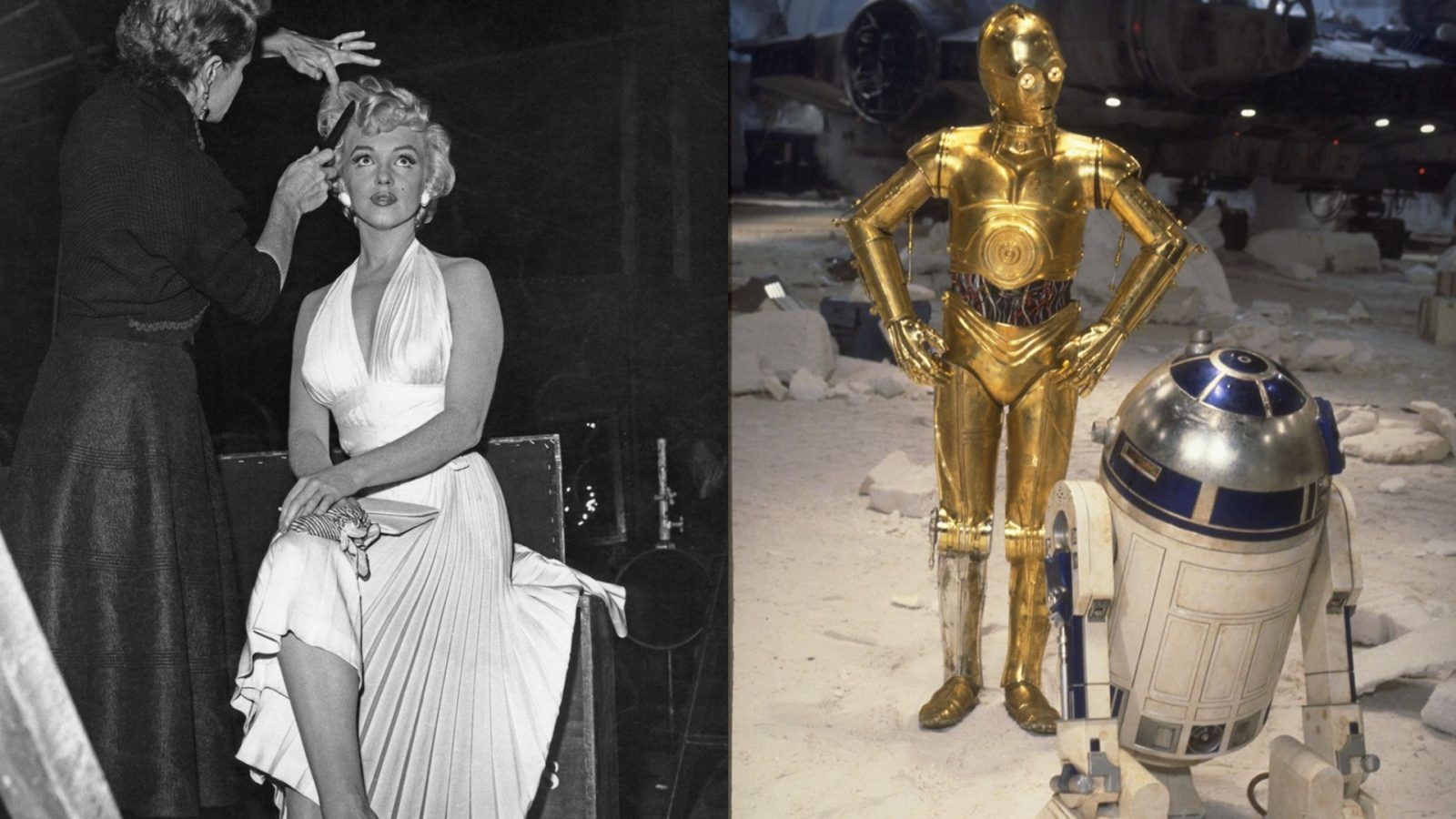
The world grieved deeply with the news of Sinéad O’Connor’s passing at the age of 56. A singular voice, a fierce truth-teller, and an artist of unparalleled depth, her sudden departure left an indelible void in the global music scene. Yet, even in her final days, O’Connor was on the precipice of a new artistic chapter, meticulously crafting what would become her last album, a project titled “No Veteran Dies Alone.”
This album, an intensely personal and emotionally charged collection, lay tantalizingly close to completion at the time of her death. Collaborating with renowned Irish DJ and producer David Holmes, O’Connor had poured nearly five years of her life and soul into these songs. It stands as a poignant testament to her enduring creative spirit and her unwavering commitment to her craft, a haunting farewell from an artist who always spoke her truth.
The story of “No Veteran Dies Alone” is one of quiet determination, profound artistic connection, and the tragic irony of a life cut short just as a new work was about to blossom. Through Holmes’ recollections and O’Connor’s own glimpses into her process, we gain a rare insight into the creation of this monumental, unfinished work, an album poised to reveal even more layers of a complex and brilliant artist.
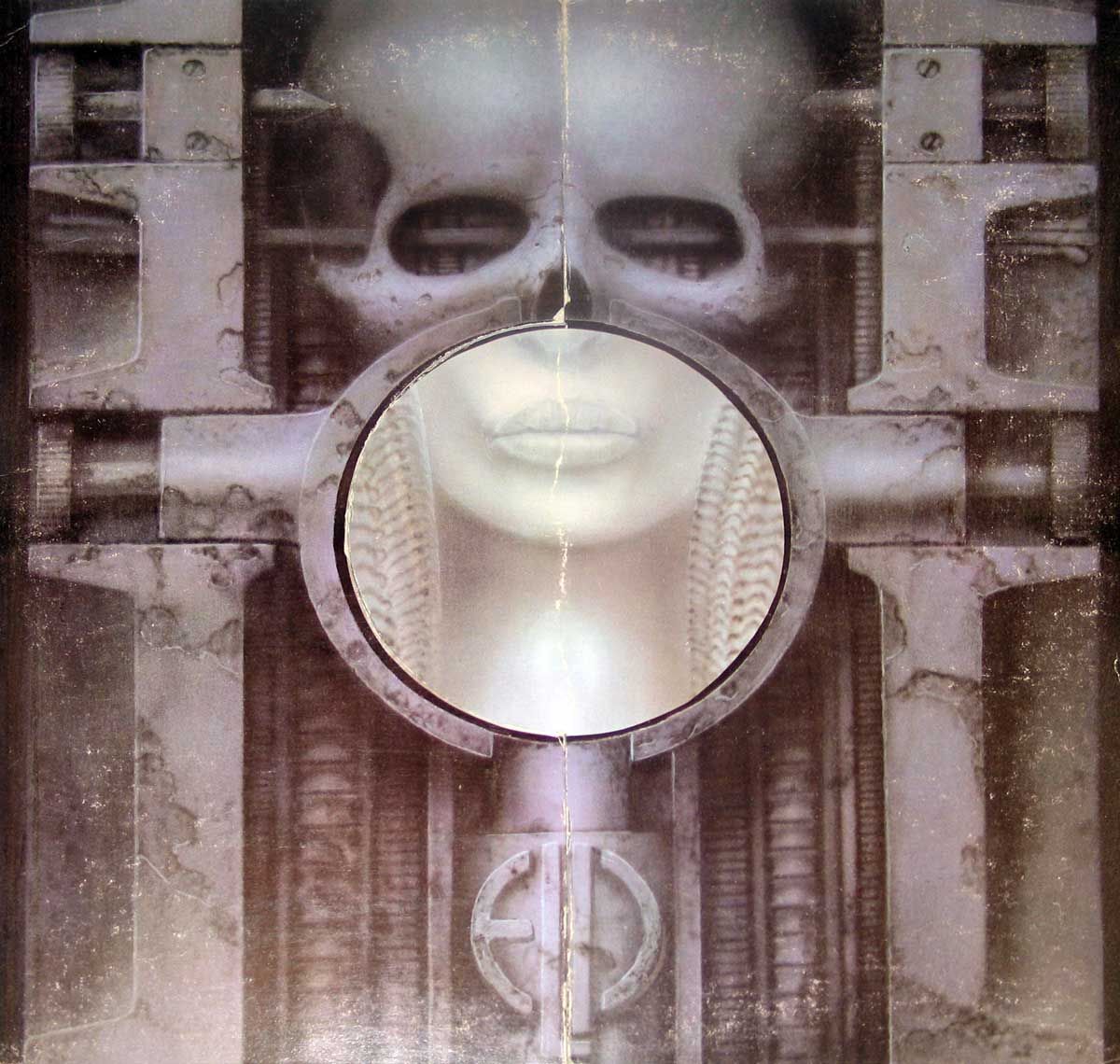
1. **The Genesis of a Haunting Collaboration**Around 2017, a pivotal encounter at a 60th birthday party for The Pogues’ Shane MacGowan brought Sinéad O’Connor and David Holmes together, setting the stage for their profound musical collaboration. Holmes, an acclaimed Irish DJ and producer known for scoring films like the ‘Ocean’s Eleven’ remake and its sequels, had only met O’Connor briefly at an awards show in the late Nineties.
However, at MacGowan’s celebration, they finally had a chance to speak at length. Holmes, acknowledging his own struggles with mental health and how music served as a comfort, introduced himself and shared his aspiration to create a record focused on healing. He felt compelled to tell O’Connor that, in his view as a producer, she “hadn’t even scratched the surface of what was possible with her voice,” a statement that resonated deeply with the artist.
Remarkably, O’Connor, who reportedly didn’t know much about Holmes at the time, was immediately receptive. Holmes described her reaction as non-judgmental and incredibly approachable, indicating her openness to new creative partnerships. This initial conversation laid the groundwork for a working relationship founded on mutual respect and a shared artistic vision centered on profound emotional exploration and healing.
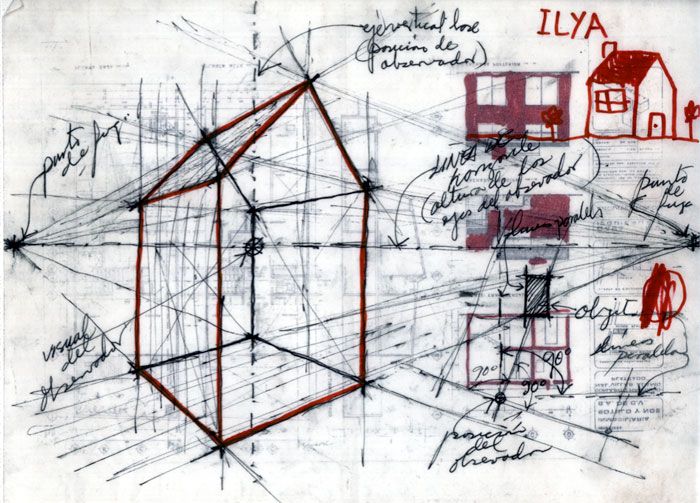
2. **A Sporadic, Deeply Personal Creative Process**The creative process behind “No Veteran Dies Alone” was as unconventional as it was deeply personal, reflecting Sinéad O’Connor’s independent spirit and her meticulous approach to her art. Producer David Holmes recalled that O’Connor’s calls to his Belfast home studio arrived sporadically, sometimes just a few days or a week in advance, with her simply asking, “Are you around?” or “Do you have time?”
If Holmes confirmed his availability, O’Connor would then undertake the nearly three-hour drive from her home in Bray, an Irish coastal town, to continue their work. This method underscored her commitment to creating on her own terms, free from the pressures and schedules often imposed by the music industry, an environment that she had often expressed repulsed her. Holmes affirmed this, stating, “It was very much an album she made when she was ready,” and emphasizing that “It was all done on her terms.”
Throughout the album’s development, O’Connor would initially send Holmes “bare-boned new songs” that featured only her voice and acoustic guitar. This raw, unfiltered presentation allowed the core emotion and lyrical depth of her compositions to shine through before any additional instrumentation was added. Her unhurried, self-driven approach ensured that each track developed organically, imbued with her authentic artistic intent.
Read more about: Brian Wilson, Architect of The Beach Boys’ Sound, Dies at 82: A Look Back at a Creative Life Marked by Genius and Struggle

3. **The Album’s Emotional Core: “Emotional and Really Personal”**The eight-song album, “No Veteran Dies Alone,” was described by producer David Holmes as intensely “emotional and really personal,” offering a profound glimpse into Sinéad O’Connor’s inner world. Holmes, who meticulously worked alongside O’Connor on these tracks, found himself deeply moved by the authenticity and power embedded within each composition. He believed that every one of the eight finished tracks was “as powerful as the next,” indicating a consistent level of artistic excellence and emotional depth across the entire project.
Working with O’Connor in his studio often felt like a “pinch yourself moment” for Holmes. He spoke of being in the presence of greatness, drawing comparisons to iconic vocalists such as Nina Simone, Billie Holiday, and Karen Dalton. This high praise underscores the caliber of O’Connor’s performances on the album, suggesting a delivery that was both masterful and profoundly affecting, cementing her status as a giant in popular music.
Beyond her extraordinary voice and artistic vision, Holmes highlighted O’Connor’s “fearlessness & honesty not only as an artist but as a human being.” This core characteristic, her unwavering commitment to truth and vulnerability, is evidently woven throughout the fabric of “No Veteran Dies Alone.” The album promised to be a raw and unvarnished reflection of an artist who was always ahead of her time, unafraid to explore the most intimate and challenging aspects of the human experience.

4. **Early Collaboration and a Sign of Intense Devotion**The depth of Sinéad O’Connor’s artistic devotion and her unique creative energy were vividly demonstrated during her first major collaboration with David Holmes. Their initial joint project was a cover of gospel great Mahalia Jackson’s “Trouble of the World,” which O’Connor released in 2020 as a response to the tragic death of George Floyd. This poignant selection not only showcased her powerful vocals but also her commitment to social justice.
Holmes experienced O’Connor’s intense dedication firsthand during the production of this track. He recounted a memorable morning when he heard a knock on his door in Belfast at 9 a.m. O’Connor informed him that she was so enthusiastic and “psyched” about the track that she had been unable to sleep. Her excitement was so profound that she had left her home in Bray in the middle of the night to drive up and work on the song with him, arriving hours before his studio would typically open.
She confessed, “I couldn’t sleep, and it was 3 a.m. and I drove up.” Holmes surmised that she “must have been sitting in my driveway for a couple of hours” before knocking. This anecdote perfectly illustrates O’Connor’s profound passion for her music and her willingness to go to extraordinary lengths to pursue her artistic vision, making it clear that she was an artist driven by an unyielding inner fire.
Read more about: Hollywood’s Sweethearts: A Deep Dive into Tom Holland & Zendaya’s Ultra-Private Romance, From Set to Soulmates

5. **The Structure and Sound of Her Latest Work**As the work on “No Veteran Dies Alone” progressed, Sinéad O’Connor and David Holmes meticulously set her bare-boned acoustic songs to music, crafting the album’s distinct sound. Holmes, a seasoned producer, played a crucial role in providing the instrumentation for many of the tracks, building sonic landscapes around O’Connor’s voice and guitar compositions. This collaborative process allowed for a rich and varied musical texture across the album.
In one notable instance, Holmes brought in a small chamber group to provide backing for O’Connor’s vocals, suggesting a sophisticated and perhaps classical influence woven into some of the arrangements. This detail hints at the album’s diverse sonic palette, moving beyond simple acoustic accompaniment to embrace a more expansive and nuanced orchestral quality, adding layers of depth and emotion to her already powerful songs.
During their downtime, O’Connor would often engage Holmes in conversations about her deep affection for musical icons. She frequently expressed her love for “the two Bobs” — Bob Marley and Bob Dylan — indicating the profound influence these legendary singer-songwriters had on her artistic sensibility. These discussions offered glimpses into her musical soul, revealing the foundational artists who inspired her own unique blend of storytelling and melodic expression. After each recording session, O’Connor would typically have a sandwich and a cup of tea before making the drive back to Bray, maintaining a simple, focused routine throughout the demanding creative process.
Read more about: The Unsinkable Dream: Exploring the Opulent World and Cutting-Edge Engineering of the RMS Titanic
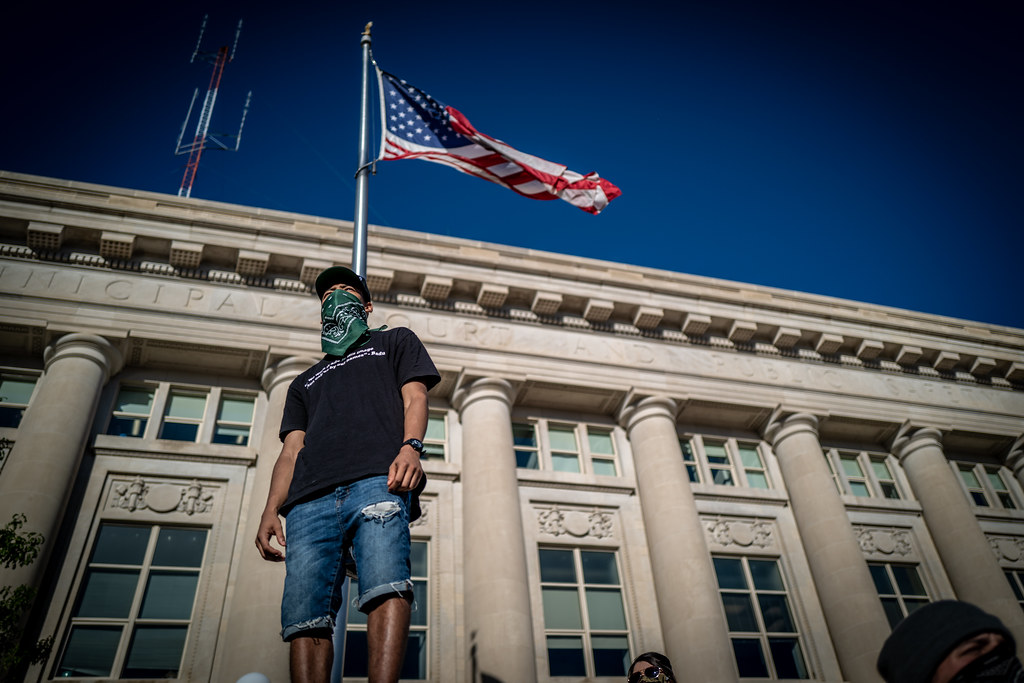
6. **A Vision for the Album’s Cover: Collaborating with Jacob Stack**Sinéad O’Connor’s meticulous artistic vision extended beyond the music itself to the album’s visual presentation. She had a clear idea for the cover of “No Veteran Dies Alone,” which led her to collaborate with Jacob Stack, a young Irish artist and illustrator. Their connection began in 2019 when Stack posted an illustration of O’Connor online after seeing her perform “Nothing Compares 2 U” on an Irish late-night talk show.
To Stack’s “massive shock,” O’Connor reached out to him directly, asking if she could use his drawing for her Twitter profile. This initial interaction paved the way for a more significant artistic partnership. A year later, O’Connor contacted Stack again, this time with a request to create the artwork for her new album, a request that left him “genuinely speechless.”
O’Connor provided Stack with remarkably vivid and precise instructions for the cover. She specified a “forest scene” with “greens, nice and dark.” The illustration was to feature a girl wearing a “winter-green coat,” a bobble hat, and holding a torch that she would be shining into the forest. Stack described it as a “very vivid, clear, and realized description,” which O’Connor concluded with the encouraging instruction, “Then strut your funky stuff,” demonstrating her trust in his artistic interpretation.
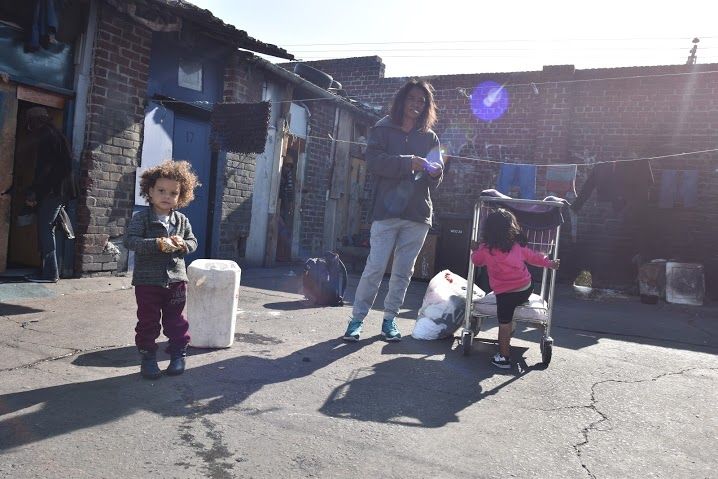
7. **Delays, Personal Tragedy, and an Uncertain Future**The completion and release of “No Veteran Dies Alone” faced significant delays, tragically intertwined with profound personal loss for Sinéad O’Connor. After Jacob Stack submitted the final version of the album artwork, O’Connor expressed her immense satisfaction, telling him it was “fucking gorgeous.” She then proudly announced on her social media channels that Stack would be the cover artist, adding, “But you can’t see it until release in late 2021,” setting an initial anticipated timeframe.
However, the album was subsequently delayed again. A few months after this announcement, O’Connor’s son, Shane, tragically took his own life at the age of 17 in January 2022. This devastating event led O’Connor to understandably stop working on the album and postpone a planned tour, as she grappled with an unimaginable personal tragedy. The profound impact of this loss understandably took precedence over her artistic endeavors.
At the time of O’Connor’s passing, the fate of both Stack’s illustration as the ultimate album cover and the timing for the release of the music itself remained uncertain. David Holmes, her producer, stated that he isn’t sure what will come of the work, emphasizing that “This is up to her family and estate, and I will gladly do as I’m told.” O’Connor’s management has also not yet determined when or how the music from “No Veteran Dies Alone” will eventually be unveiled to the world, leaving fans in a state of hopeful anticipation for her final artistic statement.
Read more about: Israel’s Escalating Gaza Offensive Amid Fragile Ceasefire Diplomacy: A Deep Dive into Humanitarian Crisis and Stalled Negotiations
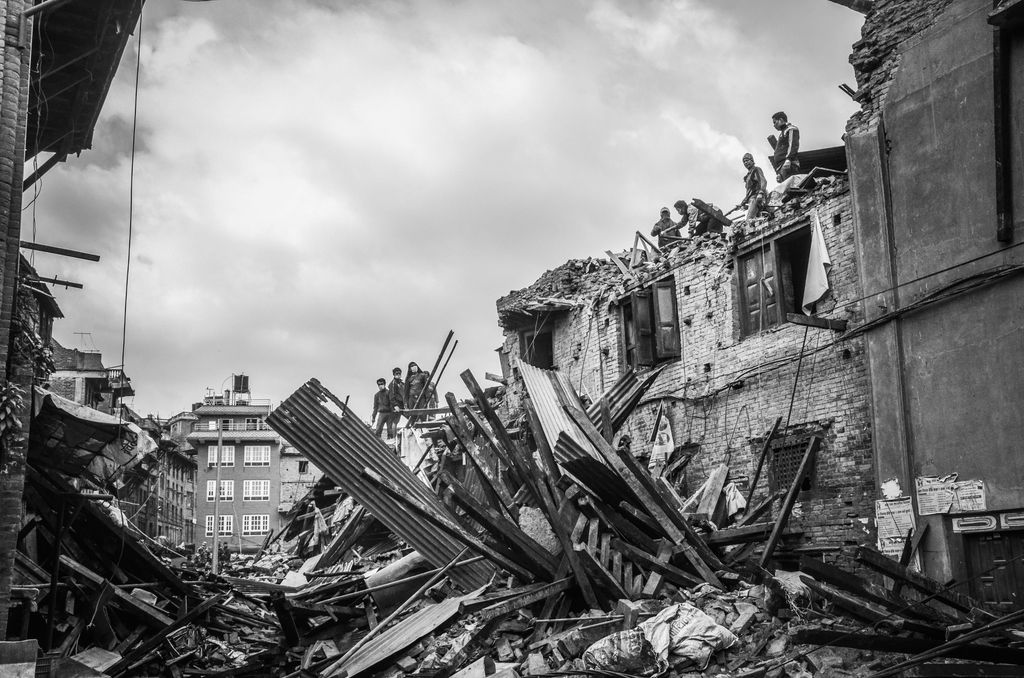
8. **The Aftermath of Being ‘Canceled’ and Her Unyielding Resilience**Sinéad O’Connor’s career, marked by both brilliance and controversy, saw her endure a form of public censure long before the term ‘cancel culture’ became commonplace. Her outspoken critiques of institutions, particularly the Catholic Church, led to significant professional and personal repercussions. Producer David Holmes, reflecting on O’Connor’s experiences, noted that she “was probably the first person I can remember being canceled, and she paid a heavy price for that.” This period of ostracization, however, did not diminish her spirit or her commitment to her artistic truths.
Despite the immense pressures and isolation that came with such a public backlash, O’Connor demonstrated an extraordinary capacity for resilience. Holmes observed that while she carried her insecurities, characteristic of many brilliant artists, she also drew strength from the affection shown by her admirers. “She could see how much people loved her. It really made her smile and cheered her up,” he recalled. This unwavering support, coupled with her intrinsic strength, fueled her ability to persevere through adversity.
Indeed, O’Connor was consistently characterized as ‘such a survivor and such a warrior.’ Her indomitable will meant that no amount of public condemnation or personal hardship was “going to keep her down.” This resilience was a defining feature of her later years, as she continued to create, express, and plan for the future, proving that her voice, both literally and figuratively, could not be silenced by external forces.

9. **’I’m Not Bossy, I’m the Boss’: A Distinct Artistic Statement**Released in August 2014, ‘I’m Not Bossy, I’m the Boss’ stands as Sinéad O’Connor’s final album unveiled during her lifetime, representing a significant attempt to reconnect with the broader audience she commanded during her early 1990s peak. This project saw her reunite with John Reynolds, the producer of her first two albums and her first husband, a collaboration that aimed to build upon the sonic and thematic groundwork laid in her 2012 album, ‘How About I Be Me (And You Be You)?’ The intent was clear: to create an album with a wider appeal, infused with a vibrant and energetic spirit.
Released in August 2014, ‘I’m Not Bossy, I’m the Boss’ stands as Sinéad O’Connor’s final album unveiled during her lifetime, representing a significant attempt to reconnect with the broader audience she commanded during her early 1990s peak. This project saw her reunite with John Reynolds, the producer of her first two albums and her first husband, a collaboration that aimed to build upon the sonic and thematic groundwork laid in her 2012 album, ‘How About I Be Me (And You Be You)?’ The intent was clear: to create an album with a wider appeal, infused with a vibrant and energetic spirit.
Musically, ‘I’m Not Bossy, I’m the Boss’ showcased a deliberate pivot into what O’Connor enthusiastically described as ‘the happy funky blues.’ She consciously moved away from the more somber tones of rural Delta blues, instead embracing the ‘high spirits of Chicago blues.’ This influence is palpable in tracks such as ‘Dense Water Deeper Down,’ which features a bright, bluesy shuffle, and the R&B-infused funk of ‘James Brown.’ The album, therefore, became a testament to O’Connor’s evolving artistry, embodying a spirited playfulness and a newfound swagger that suggested a comfortable embrace of her middle-aged stride.
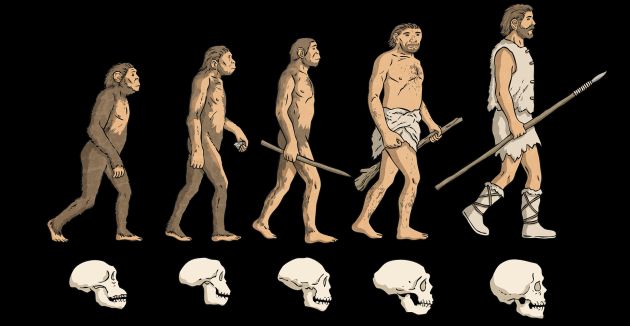
10. **The Evolution of Her Narrative: Character-Driven Songwriting**With ‘I’m Not Bossy, I’m the Boss,’ Sinéad O’Connor embarked on a significant artistic evolution, consciously shifting her songwriting approach to embrace perspectives beyond her own. This marked a departure from her earlier work, which often served as a powerful conduit for processing personal experiences and childhood trauma. As O’Connor revealed to Salon, after having ‘a lot of shit to get off my chest’ and writing ‘a lot about me,’ she was ready to ‘change the platform from which I write, and I’m more inclined to use characters the way someone who writes books does.’ This transition allowed her to explore universal themes through varied lenses.
This shift was partly influenced by filmmaking requests, which, though not materializing, reshaped her process. She found herself ‘in the habit of writing from the point of view of characters,’ a technique she likened to being ‘a puppet master.’ This allowed for ‘elements of yourself in them, but you had a whole other personality or set of experiences to work with,’ broadening her emotional and thematic range.
O’Connor frequently cited the Stanislavski method, a renowned acting technique, to describe her immersive approach to performance and interpretation. She identified as a ‘Stanislavski method singer,’ explaining that in the studio or on stage, ‘you don’t really know what the character is going to do.’ This spontaneity and deep embodiment meant that while the words were written, ‘you don’t know how they’re going to come out or how that character is going to express herself through you.’ This commitment to embodying diverse personas brought a captivating believability and raw passion to her vocals on the album, making each character’s story feel intensely confessional.

11. **Exploring New Emotional Terrain: Love Songs and Maturing Perspectives**The adoption of character-driven songwriting on ‘I’m Not Bossy, I’m the Boss’ liberated Sinéad O’Connor to delve into uncharted emotional territories within her music. A notable aspect of this exploration was her deliberate foray into writing love songs, a genre she had largely avoided in her previous works. As she articulated to Salon, ‘I wanted to write love songs, which I’d never done before.’ This shift reflected a desire to broaden her artistic palette and engage with themes of affection and connection.
Beyond romantic love, the album explored ‘the maturing of a female character,’ as O’Connor aimed to portray a journey from an idealized view of romance to a grounded understanding of love itself. She explained this arc depicted a character who ‘matures from a romantic girl who puts the idea of romance on a pedestal into someone who understands the difference between love and romance.’
While a distinct romantic streak permeates ‘I’m Not Bossy, I’m the Boss,’ notably surging through tracks like the incisive pop song ‘Kisses Like Mine,’ O’Connor did not entirely abandon autobiographical elements. Her critique of the music industry’s ‘viciousness’ in ‘8 Good Reasons,’ where she laments, ‘I love to make music/But my head got wrecked by the business,’ offers an unmistakable glimpse into her own struggles. Yet, these personal insights are woven into a larger tapestry of diverse personalities, a testament to her vocal command and the profound passion that made every performance feel authentically confessional, whether she was inhabiting her own experiences or those of her created characters.

12. **Visual Storytelling: The Striking Album Art of ‘I’m Not Bossy, I’m the Boss’**The playful and assertive spirit of ‘I’m Not Bossy, I’m the Boss’ extended compellingly to its album art, which featured a striking image of Sinéad O’Connor in a form-fitting outfit and a black wig. This visual choice was not initially conceived as the album’s cover; rather, it emerged from a spontaneous decision at the conclusion of a photo shoot. O’Connor, embracing an impulse for theatricality, suggested, ‘Why don’t I get done up like a girl? We could do two or three shots to create some publicity for the album.’ This moment of creative serendipity ultimately led to one of her most memorable album visuals.
The decision to feature this image was driven by a collective belief it would generate public interest, addressing the implicit question: ‘Guess what Sinéad O’Connor looks like when she makes an effort?’ This strategic choice added intrigue and underscored the album’s theme of ownership, presenting a confident, almost defiant image encapsulating the title’s message. The cover became an integral part of the album’s narrative, inviting listeners to engage with O’Connor’s evolving artistic persona from the very first glance.
13. **Optimistic Plans for a Global Comeback and Future Endeavors**In the weeks leading up to her untimely passing, Sinéad O’Connor radiated an palpable sense of optimism regarding her future artistic endeavors, eagerly sharing her plans for a significant comeback. Just two weeks before her death, on July 11, she took to social media to announce the imminent completion of her album, ‘No Veteran Dies Alone.’ This declaration signaled not only the culmination of years of dedicated work but also her renewed enthusiasm for engaging with the global music scene.
Her Facebook post on July 12, a mere day after her initial announcement, offered a detailed glimpse into her ambitious schedule for the next two years. O’Connor expressed her happiness at having ‘recently moved back to London after 23 years absence,’ finding joy in being ‘very happy to be home.’ She enthusiastically anticipated her album’s ‘Release early next year,’ followed by extensive touring plans. These included ‘hopefully touring Australia and New Zealand toward end 2024,’ with further engagements in ‘Europe, USA and other territories beginning early 2025.’
These public pronouncements painted a vivid picture of an artist reinvigorated and ready to embrace a new chapter, promising a robust return to touring and recording. The meticulous outlining of her global tour schedule underscored her commitment to reconnecting with her fanbase across continents. It was a testament to her enduring passion for music and performing, demonstrating her intention to leave a profound mark with her final completed works, an aspiration tragically cut short.
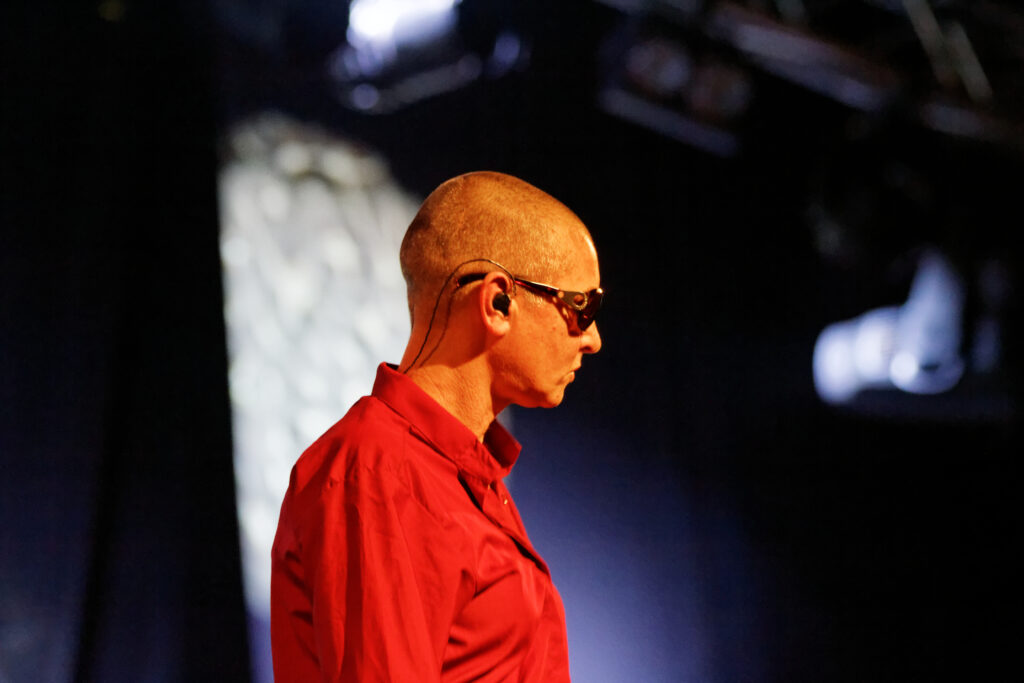
14. **A Legacy Interrupted: Unfinished Projects Beyond Her Final Album**While ‘No Veteran Dies Alone’ represents Sinéad O’Connor’s most prominently discussed unfinished work, her management company, 67 Management, confirmed that her creative ambitions extended far beyond the album. At the time of her passing, O’Connor was engaged in a multifaceted series of projects, indicative of a vibrant artistic resurgence. Her team revealed that she was ‘actively working on completing her new album,’ solidifying the sense that her musical journey was far from over.
In addition to recording, O’Connor was meticulously ‘reviewing new tour dates for the upcoming year,’ signaling concrete plans for live performances throughout 2024 and a commitment to a global tour. Furthermore, she was ‘contemplating the possibility of adapting her memoir into a movie,’ reflecting her continued engagement with storytelling across mediums and a desire to share her narrative with a wider audience. These projects collectively paint a picture of an artist brimming with ideas and poised for an expansive creative period, a vision tragically unfulfilled.
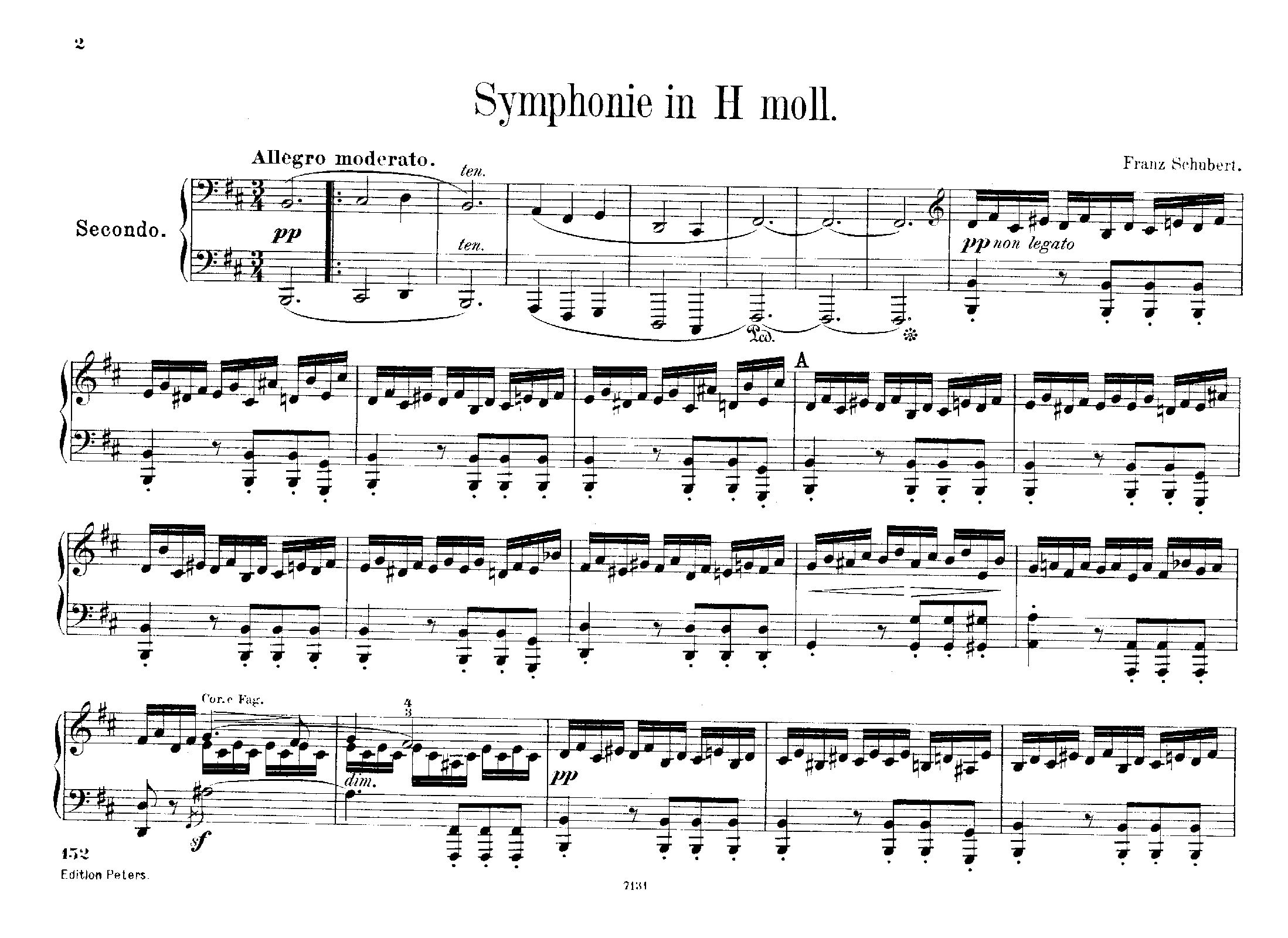
15. **An Unfinished Symphony: The Enduring Questions of Posthumous Release**The tragic circumstances of Sinéad O’Connor’s passing left her final artistic statement, ‘No Veteran Dies Alone,’ in a poignant state of near completion but with an uncertain future. At the time of her death, both the album’s meticulously planned artwork by Jacob Stack and the schedule for its release remained undecided. The profound personal tragedy of her son Shane’s suicide in January 2022 had caused O’Connor to understandably halt work on the album and postpone a planned tour, introducing delays that ultimately prevented its timely unveiling.
Producer David Holmes, deeply invested in the project, acknowledged the precariousness of the situation. He openly stated his uncertainty regarding the fate of the music, emphasizing that the decision now rests entirely with O’Connor’s loved ones: ‘This is up to her family and estate, and I will gladly do as I’m told.’ This deference underscores the sensitivity surrounding posthumous releases and the desire to honor the artist’s legacy in a manner consistent with her wishes, as interpreted by those closest to her.
O’Connor’s management has likewise confirmed that ‘No Veteran Dies Alone’ and its associated artwork are in a state of limbo, with no definitive timeline established for when or how the music will eventually be shared with the world. This leaves her vast global fanbase in a state of ‘hopeful anticipation for her final artistic statement.’ The album stands as a powerful, yet unfulfilled, testament to O’Connor’s creative spirit, ensuring that discussions about her legacy will forever include the profound impact of this haunting, unreleased farewell.
As we reflect on Sinéad O’Connor’s extraordinary life and career, marked by unflinching honesty and unparalleled artistry, it becomes clear that her work transcended mere music. It was a potent force for truth, healing, and personal evolution. Even in the silence that now surrounds her, the echoes of her voice, her unyielding spirit, and the promise of her final, unfinished symphony continue to resonate, urging us to listen more closely to the profound messages she left behind. Her legacy, complex and enduring, will undoubtedly continue to inspire and challenge for generations to come, a testament to a life lived, and sung, with unparalleled conviction.



